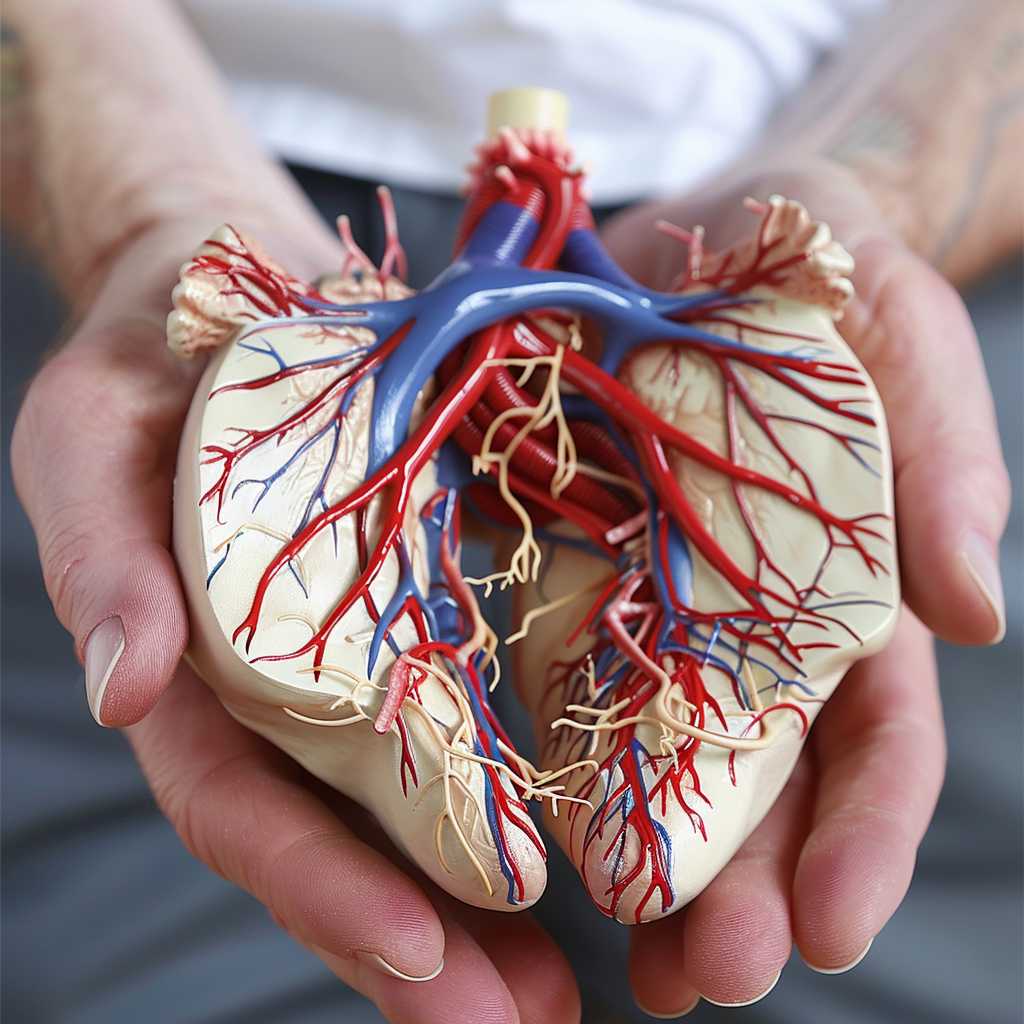Understanding May-Thurner Syndrome: An Overview of Causes, Symptoms, and Treatments
May-Thurner Syndrome (MTS), also known as iliac vein compression syndrome, is a condition that can affect an individual’s vascular health. First identified in the mid-20th century by Dr. May and Dr. Thurner, this syndrome typically presents when the right common iliac artery compresses the left common iliac vein against the lumbar vertebrae. This chronic compression can cause narrowing of the vein, which increases the risk of deep vein thrombosis (DVT) — a blood clot forming in the deep veins of the legs. While relatively uncommon, understanding this condition is crucial for accurate diagnosis and management.
The Pathophysiology of May-Thurner Syndrome: How Compression Becomes Clinical
Understanding how anatomical variations can lead to pathophysiologic conditions is crucial in dissecting the mechanics of May-Thurner Syndrome. The condition occurs when compression between the overlying iliac artery and the underlying lumbar spine squeezes the iliac vein. This persistent pressure can create scarring and eventually a narrowed or sometimes completely blocked vein.
Symptoms of May-Thurner Syndrome: What Patients Experience
Commonly, symptoms are only present on one side of the body, typically the left leg since the condition affects the left iliac vein more often than not. In symptomatic cases, patients may experience:
– Leg pain or discomfort
– Swelling in one leg
– The feeling of heaviness or cramps
– Discoloration of the affected leg
Not all with anatomical compression develop symptoms; thus, many cases are discovered incidentally during imaging studies for other reasons.
Diagnosing May-Thurner Syndrome: Clinical and Imaging Assessments
The diagnosis of MTS is often made with cross-sectional imaging like computed tomography (CT) venography or magnetic resonance (MR) venography. These imaging methods can visualize both blood vessels and adjacent anatomy and can confirm compression and demonstrate collateral circulatory pathways that might have developed.
Duplex ultrasound is another non-invasive test that may suggest MTS if abnormal blood flow patterns such as continuous flow rather than phasic, breathing-influenced flow is detected. However, venography remains the gold standard for diagnosing May-Thurner as it can provide a detailed view of the venous anatomy.
Treatment Options for May-Thurner Syndrome: From Conservative to Interventional
Management strategies for May-Thurner syndrome can vary from patient to patient. Conservative approaches such as compression stockings or blood-thinning medication (anticoagulants) might be recommended for individuals with minimal symptoms or as a bridge to other treatments.
In cases where significant compression leads to frequent DVTs or severe symptoms, more aggressive intervention might be necessary. One common method is angioplasty and stenting, where a tiny balloon is inflated inside the vein to open it up and a stent is placed to keep the vein open and ensure proper blood flow.
In some cases, bypass surgery may be recommended for those not suited to stenting. It involves rerouting blood flow around the compressed vein segment through grafts but is less commonly performed due to its invasive nature.
Prevention Strategies for May-Thurner Syndrome: Reducing Risks
It’s hard to prevent May-Thurner Syndrome because it’s mostly based on an anatomical predisposition that isn’t necessarily changeable. However, knowing one’s risk factors can be helpful in some scenarios. For example, prolonged immobility such as long flights or bed rest increases the risk of DVT in general; thus individuals with known MTS should take appropriate precautions such as regular movement or using compression garments.
Hydration, exercise, and maintaining a healthy weight are general measures that improve vascular health and can potentially minimize exacerbations from MTS.
